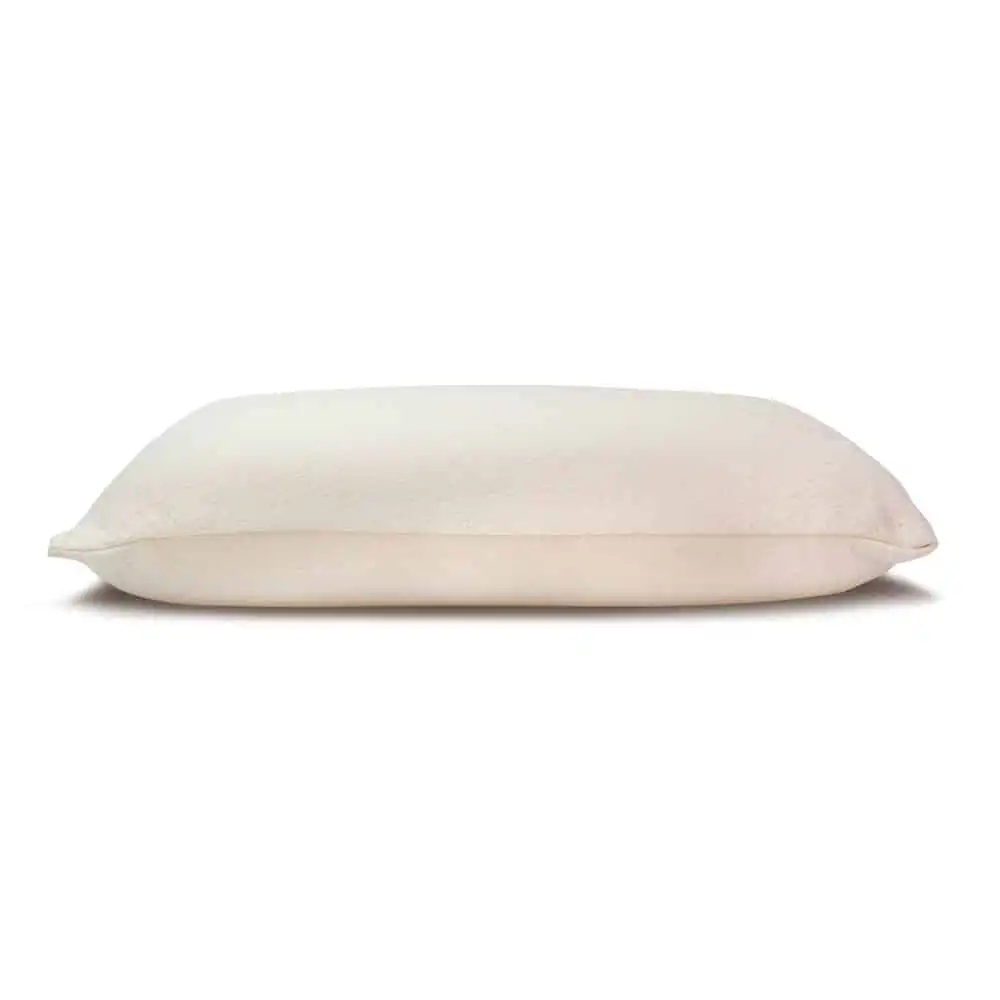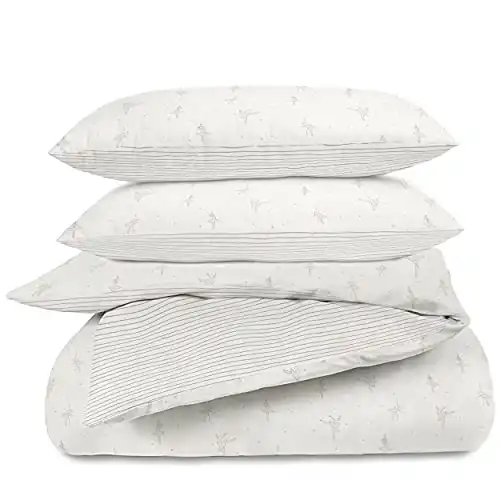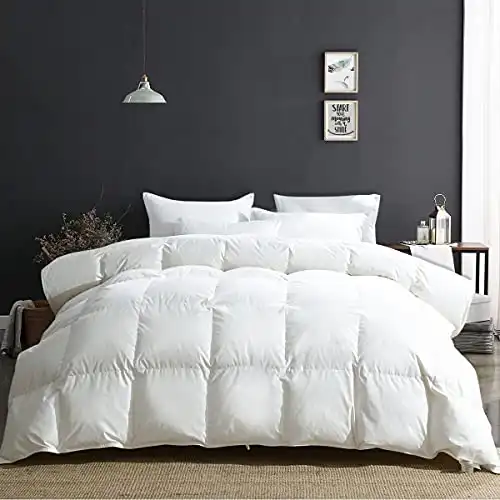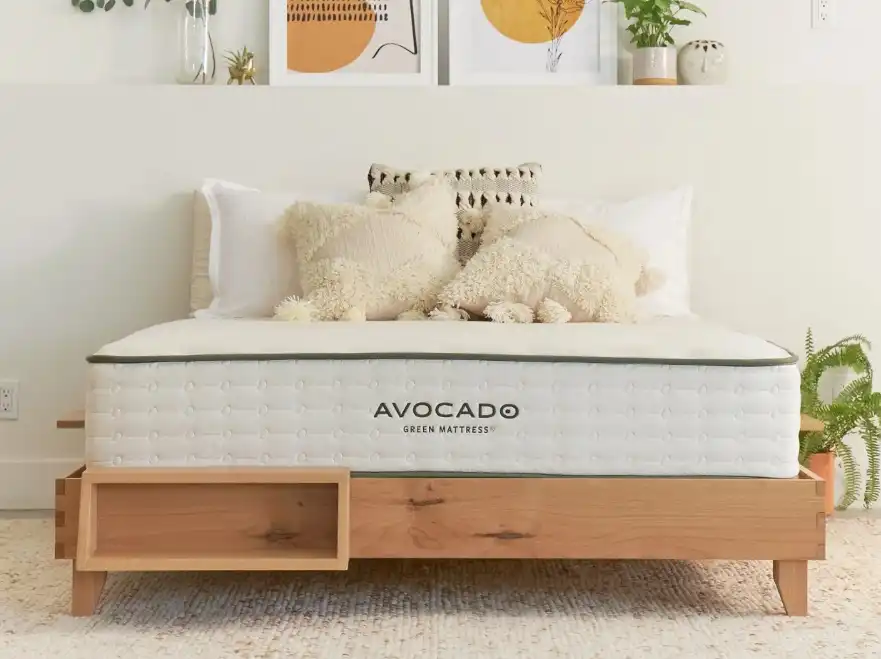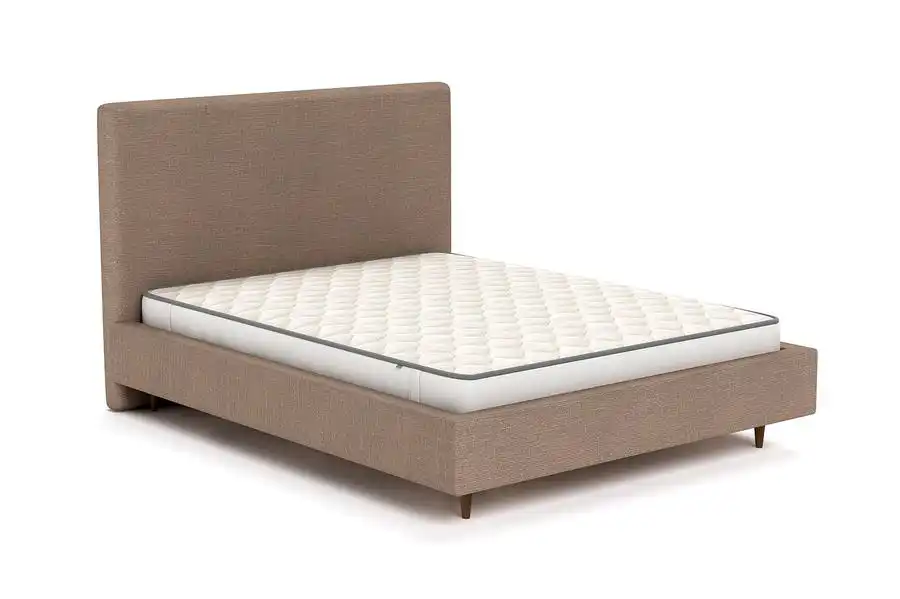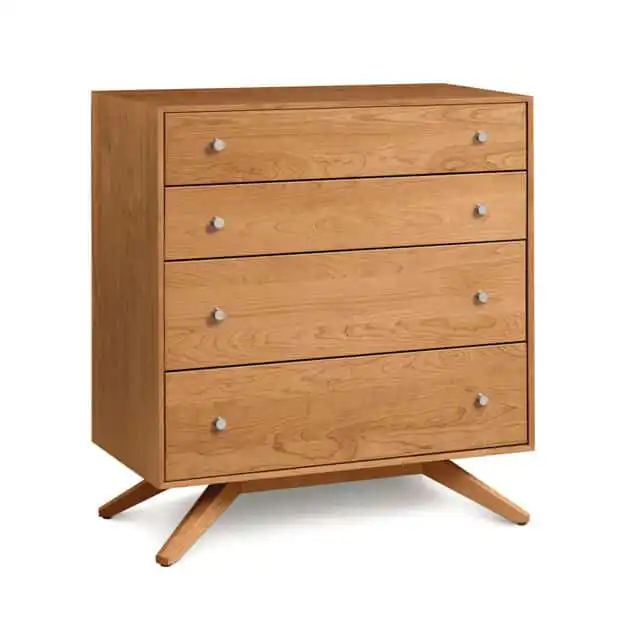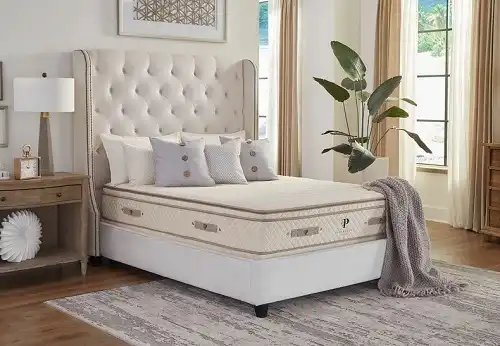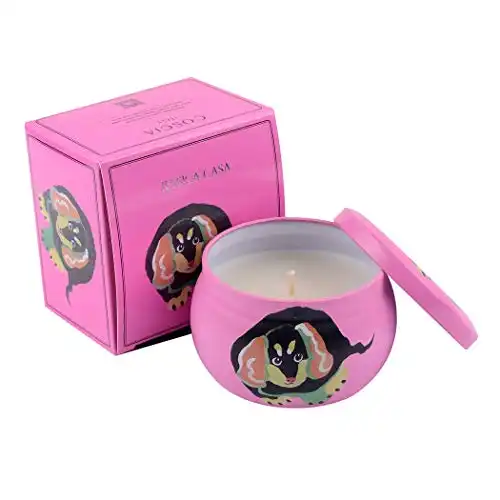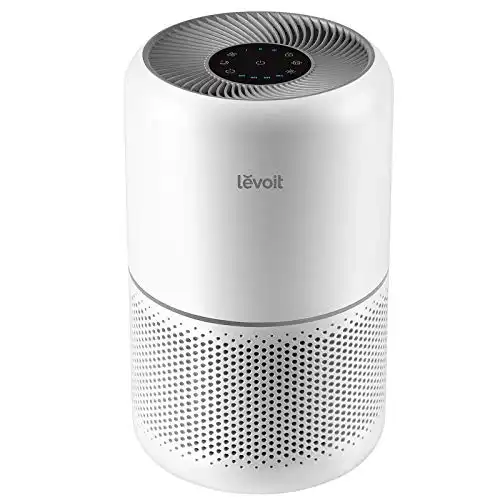- You are here:
- Home »
- Organic Mattresses »
- How to Create a Non-Toxic and Organic Family Bed?
How to Create a Non-Toxic and Organic Family Bed?
Disclaimer: As an Amazon Associate I earn from qualifying purchases.
Sleep is essential for the well-being of every individual, especially for babies and young children. Parents often opt for co-sleeping or family bed to ensure that their children feel secure and loved. However, creating a safe and non-toxic family bed is essential to prevent the risk of exposure to harmful chemicals, allergens, and toxins.
In this article, we will discuss how to create a non-toxic and organic family bed, including organic bedding, non-toxic furniture, and CertiPur-certified oversized mattresses.

Organic Bedding
The first step to creating a non-toxic and organic family bed is to choose organic bedding. Organic bedding is made from natural materials such as organic cotton, bamboo, and linen, which are free from harmful chemicals and pesticides.
It is essential to choose bedding that is free from synthetic materials, such as polyester, which can release harmful toxins and off-gas chemicals that can cause respiratory problems and skin irritation.
When choosing organic bedding, consider using natural materials for the mattress pad, sheets, and blankets. Look for certified organic bedding by organizations such as Global Organic Textile Standard (GOTS) or Oeko-Tex Standard 100, which ensures that the materials used are free from harmful chemicals and meet strict environmental standards.
- Choose natural pillow fillings such as organic kapok, buckwheat hulls, and wool. Avoid synthetic pillows such as memory foam or polyester filled pillows as they can contain toxic chemicals. Check organic wool pillows by Holy Lamb Organics and Naturepedic Latex Pillows made of natural organic certified latex and organic cotton.
- Go for natural duvets that are filled with eco-friendly materials such as organic wool, organic cotton, and down. Make sure to purchase a duvet cover that is made from organic materials. Organic wool duvets by
PlushBeds will provide a natural, breathable layer of insulation and comfort all year round. - Organic sheets and duvet covers come in a variety of colors and patterns, giving you plenty of options to choose from. If you’re after luxury organic cotton sheets, Coyuchi has a great selection of organic sateen sheets and duvet covers. For more affordable options, check Whisper Organics and Bioweaves.
|
$99
|
$88.00
|
$119.00
|
Non-Toxic Furniture
The next step to creating a non-toxic and organic family bed is to choose non-toxic bedroom furniture. Traditional furniture often contains harmful chemicals, such as formaldehyde, flame retardants, and VOCs (volatile organic compounds), which can affect the indoor air quality of your home and cause health problems.
To avoid these harmful chemicals, opt for furniture made from natural materials such as solid wood, bamboo, or cork. The finishes should also be natural, including zero-VOC wood stain and natural oils, as they won’t emit harmful VOCs.
Look for furniture that is certified by independent third-party organizations such as Greenguard or Cradle to Cradle, which ensures that the furniture is free from harmful chemicals and meets strict environmental standards.
Brands such as Avocado or
|
From $899
|
$2,410
|
From $2.788
|
CertiPUR Certified Oversized Mattresses
The third step to creating a non-toxic and organic family bed is to choose a CertiPUR-certified oversized mattress. A CertiPUR-certified mattress is made without harmful chemicals such as formaldehyde, phthalates, and heavy metals. It is also free from ozone-depleting chemicals and has low VOC emissions, ensuring that it does not release harmful chemicals into the air.
An oversized mattress, such as Alaskan King, Wyoming King or Texas King, is an excellent option for a family bed as it provides ample space for everyone to sleep comfortably. Big Mattress Co. offers a wide range of non-toxic family-sized mattresses, including bed frames and bedding.
It’s difficult to find oversized
|
$4,699
|
$3,824.15
|
$1,549
|
Non-Toxic Paint
Finally, to complete the organic family bedroom, opt for non-toxic paint that is free from harmful chemicals such as VOCs. Look for paints with a low or zero VOC rating, and check the labels of any primers or sealants you use to make sure they are also VOC-free.
ECOS Paints offers a wide range of non-toxic and sustainable paint options, which are made from plant-based ingredients and have no VOCs. The company also makes natural wood stains that are free from harmful chemicals, making them perfect for furniture and flooring.
Non-toxic, VOC-free paint with long-lasting protection without the use of toxic chemicals or odors
Additional Tips for Creating a Toxin-Free Sleep Environment
Creating a toxin-free bedroom is important for your overall health and well-being. Here are some tips to help you achieve this:
- Avoid scented candles: Candles that contain synthetic fragrances can emit toxic chemicals into the air, so it’s best to avoid them. Choose non-toxic candles such as coconut oil candles, beeswax candles, or soy candles.
- Avoid air fresheners: Many air fresheners contain chemicals that can irritate your respiratory system. Instead, use essential oils or natural sprays to freshen up your space.
- Keep your room clean: Dust and mold can accumulate in your bedroom, so make sure to clean regularly to reduce allergens and irritants. Use a vacuum cleaner with a HEPA filter to capture tiny particles, and invest in an air purifier.
- Use natural cleaning products: Many cleaning products contain harsh chemicals that can affect your indoor air quality. Look for natural, non-toxic cleaning products instead. Check brands such as Method for safe and effective cleaning products. you can also make DIY cleaning solutions with baking soda, white vinegar, and essential oils.
- Open the windows: Opening your windows frequently can help to reduce indoor air pollution and let in fresh air. Good ventilation will ensure that your bedroom is free from harmful toxins and will keep the air oxygenated.
- Filter your air: Air purifiers and HEPA filters can help remove toxins from the air, improving your sleep environment. Levoit air purifiers are a great option for filtering out harmful pollutants.
- Avoid electronics: Electronic devices emit blue light that can disrupt your natural sleep rhythms. Try to avoid using electronics in the bedroom or use blue light-blocking glasses.
- Avoid carpeting: Carpets can trap dust, dirt, and other allergens. Also, many carpets are treated with flame retardants and other chemicals that can be harmful. Stick to hardwood flooring or natural fiber rugs for a safer sleep environment. If you need a carpet, look for Green Label Plus certified carpets that have low VOC emissions.
- Use organic pajamas: Pajamas made from synthetic materials can contain chemicals that are harmful to your health. Look for organic cotton pajamas to keep toxins out of the family bedroom.
- Let natural light in during the day: Natural sunlight has disinfecting properties that can help to keep your bedroom free from bacteria and other pollutants. It also helps kill fungi and mold that can contaminate your room. Open the curtains in the morning to let in some natural light.
- Keep air-detoxifying plants in your bedroom: Certain plants, such as snake plants, spider plants, and peace lilies, are known for their air-purifying properties. Adding these plants to your bedroom can help improve the air quality.
- Choose decor made of natural materials: Avoid decor made of plastic, as it can contain toxins that can affect your health. Choose natural materials such as wood, bamboo, or cotton instead.
|
|
N/A
|
$125.00
|
N/A
|
Implementing these tips can create a toxin-free sleep environment and improve your overall health and well-being.
How to Monitor Air Quality in Your family Bedroom?
Monitoring the air quality of your family bedroom is essential to ensuring that you and your loved ones are breathing in clean, healthy air. To do this, you can purchase an air-quality monitor such as the Awair Air Quality Monitor.
These devices measure the levels of toxins, allergens, and other pollutants in the air and will provide you with a detailed report every day.
Benefits of a Toxin-Free Family Bed:
Having a non-toxic and organic family bed can provide many benefits:
- It can help to reduce the levels of toxins and allergens in your home, making it easier for everyone to breathe in clean, healthy air.
- It can help to reduce exposure to chemicals that are known to be harmful, such as flame retardants and VOCs.
- Organic materials such as cotton or bamboo can provide a more comfortable sleep experience, making getting a good night’s rest easier.
- Finally, natural materials are often better for the environment than synthetic materials, helping to reduce your family’s carbon footprint.
FAQs
Q: How can I ensure that my bedding is non-toxic and organic?
A: Look for bedding that has certifications from reputable organizations such as Global Organic Textile Standard (GOTS) or OEKO-TEX. These certifications ensure that the bedding is made with organic and non-toxic materials and has been tested for harmful chemicals.
Q: What are some non-toxic and organic bedding options for my family bed?
A: Some non-toxic and organic bedding options include organic cotton, eucalyptus or bamboo sheets, wool or latex pillows, and organic wool or cotton comforters. You can also opt for a natural latex or wool mattress, which is made from sustainable and non-toxic materials.
Q: How can I care for my non-toxic and organic bedding?
A: Follow the care instructions provided by the manufacturer to ensure that your bedding stays clean and free from harmful chemicals. Use gentle, eco-friendly detergents and avoid using bleach, fabric softeners or drying sheets.
You can also consider using a natural laundry booster, such as baking soda or vinegar, to help keep your bedding fresh and clean. Also, consider wool dryer balls to reduce drying time and static without adding any harsh chemicals.
Conclusion
Creating a non-toxic and organic family bed is essential to ensure that your family sleeps comfortably and safely. Organic bedding, non-toxic furniture, and CertiPUR-certified oversized mattresses are essential components of a non-toxic family bed. By following these steps, you can create a safe and healthy sleeping environment for your family, free from harmful chemicals and toxins.
About the Author Kamila Flieger
My name is Kamila, and I'm passionate about researching non-toxic, organic products for the home. I believe it's so important to create a safe and healthy environment for our families, and I enjoy helping others do the same.

